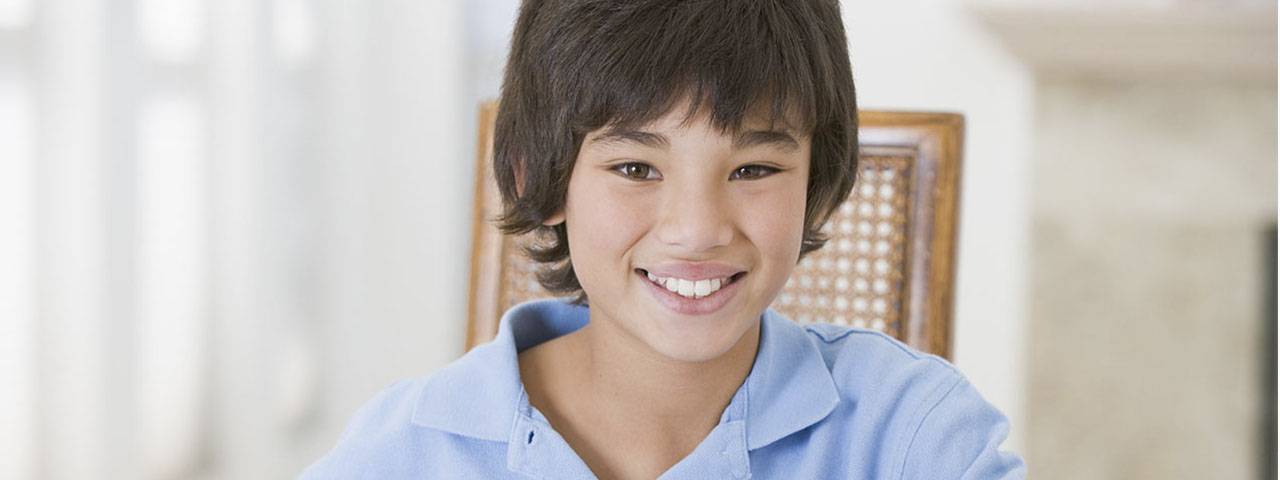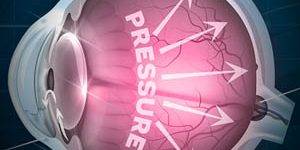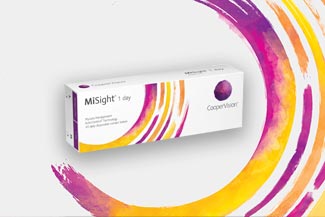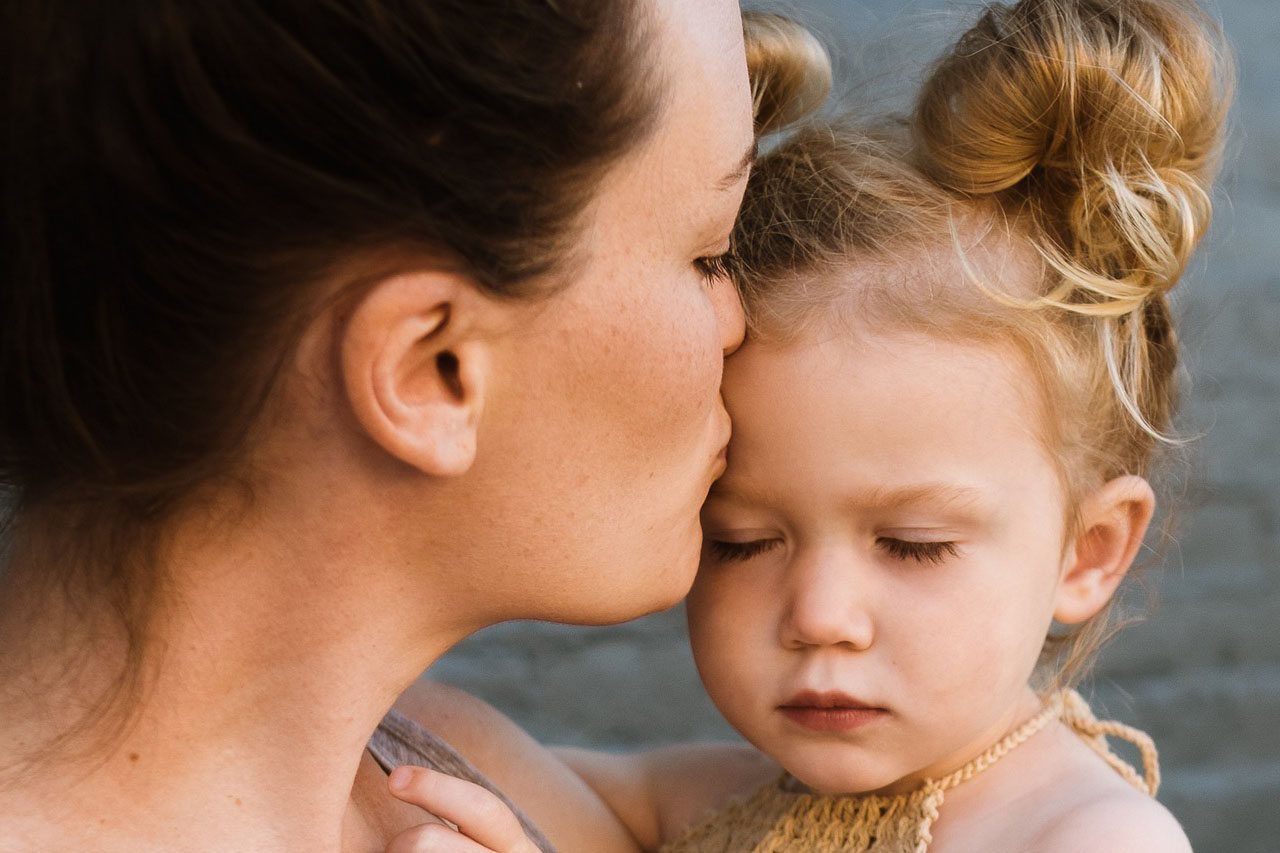Myopia Control in Wilder, Kentucky
Myopia Control is the beginning of stopping nearsightedness in children, preventing their glasses from getting thicker every year, and ultimately ensuring healthy eyesight for their future.
What Is Myopia?
Nearsightedness, technically known as myopia, is a condition which causes difficulty focusing on objects at a distance, while near vision remains normal. Myopia is one of the most common vision problems worldwide and it is on the rise.
Myopia, always common in children, is an increasing problem. The number of kids who are nearsighted has grown by leaps and bounds in recent years.
The reason for this remains blurry, yet one possible culprit is the increased amount of time kids spend indoors gazing at digital screens, with limited exposure to natural light.
Many parents are alarmed by their child’s need for a new vision prescription yearly, and parents and kids are disturbed by the increasing thickness of the child's eyeglass lenses.

Regular comprehensive eye exams for your child at all stages of their development is extremely important to ensure a child's vision will develop as it should and to diagnose any eye conditions that may be affecting your child.
There are many eye conditions, such as strabismus and amblyopia that can be corrected easily if caught early but can do irreversible damage that will affect a child into adulthood if left undiagnosed and untreated for too long. However, one of the leading causes of ocular disease in adults that continues to progress is myopia.

Slow or Stop Myopia Control
While nearsightedness or myopia can corrected through glasses or contact lenses, a modern concept has developed called Myopia Control. Myopia control is oriented to slow down or stop the progression of myopia since over the past few decades myopia has increased at an alarming rate.
Unfortunately, the percentage of moderate to high myopia has grown in number and myopia control is becoming a major consideration for parents & their child’s eye health. Book an appointment at our practice to learn how to start controlling myopia.
Myopia Control Prevents Risk of Ocular Disease

Cataracts
The rate of progression of myopia has been linked to the development of cataracts. The higher the level of myopia in a child, the faster the rate cataracts can develop when they get older.

Glaucoma
Glaucoma is when the eye develops an unusually high pressure, where this pressure can damage the optic nerve and cause vision loss. Nearsighted people have a 2-3x greater risk at Glaucoma.

Detached Retina
Levels of myopia also have a correlation to detached retinas. A detached retina is when the retina pulls away from the eyes tissue, often resulting in permanent vision loss.
Myopia Control Starts With You – The Parent
Your child’s eyes are his/her gateway into the world of learning. When your child’s vision is not functioning properly, learning and participation in recreational activities will suffer.
Children are not likely to recognize vision problems like myopia, and it is, therefore, the responsibility of parents and teachers to recognize signs of visual problems in their children.
Children’s Eyesight May Change, Less Often With Myopia Control
Because changes in your child’s vision can occur without you or your child noticing them, your child should visit the eye doctor every year or more frequently if specific problems or risk factors exist.
Myopia control attempts to reduce the number of changes that may occur in your child’s vision. With a successful myopia control program, an eye doctor can provide your child with amazing vision, track your child’s rate of myopia, and provide a clear road to healthy eyesight and a successful future.


